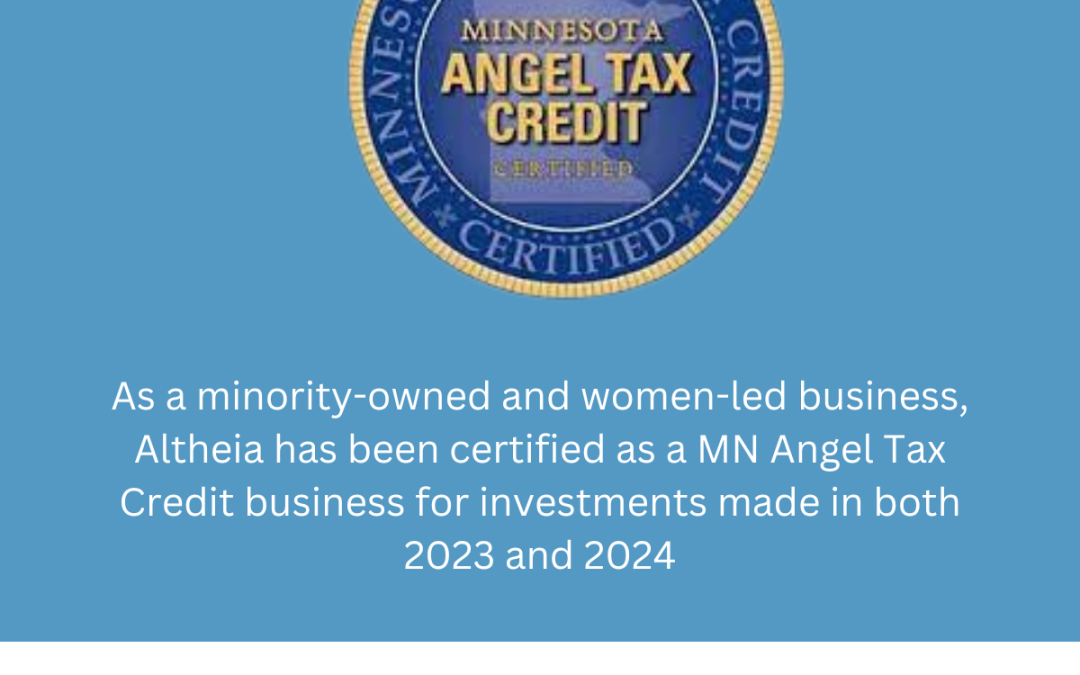The HHS released is final rule on AI transparency in December 2023. Since its inception, Altheia has been developing our product, Acuvia, with the intention of complying with future rules like this one, as we’ve been anticipating that scrutiny around AI use for decision support in healthcare would continue to grow.
In the first half of this year, we will begin our clinical trial with Acuvia, which is designed to address many concerns around AI use. We will have a 3rd party publish their results of our study, and with our own internal testing, we believe we will be compliant with the regulations as we go to market in 2025.
Here is a summary of the regulations and how Acuvia will comply with them.
- “HHS’ leading-edge regulatory approach will promote responsible AI and make it possible for clinical users to access a consistent, baseline set of information about the algorithms they use to support their decision making and to assess such algorithms for fairness, appropriateness, validity, effectiveness, and safety.”
Acuvia addresses this in several ways. First, a common dataset is used to ensure that the same information is aggregated for a given population. Second, all information is ingested from valid sources with the individual’s consent. Third, all HIPAA and privacy rules are followed, and the data is secure.
- “This initiative introduces transparency requirements for certified health IT and software developers, particularly focusing on AI and predictive algorithms such as models that analyze medical imaging, generate clinical notes and notify clinicians of potential risks to patients.”
Acuvia generates risk profiles for individuals for 5 chronic diseases. Our predictive models use claims, clinical, and social determinants of health data consented for use by the individuals, who also can augment the dataset with additional information. The member can view all the data used in the creation of their risk profile. Acuvia also presents them with an accuracy metric of how certain the algorithm is about the result. Together, those 2 pieces of data are very useful to help individuals talk to their primary care physicians about their next steps.
- “Under the rule, developers must provide organizations with details on the software’s development process and functionality. This includes disclosing funding sources, specifying its intended role in decision-making and providing guidelines on when caution is warranted for clinicians using it.”
Acuvia is an independent utility leveraging member-consented data with the ability to deliver risk stratification results to all stakeholders in the healthcare ecosystem. Its purpose is to provide an accurate assessment of clinical risk associated with 5 chronic diseases, which can be used by both clinicians and individuals to determine the best plan of care to mitigate the effects of disease. The one area where we suggest caution is for the approach used by clinicians from care and disease management companies. Discussing risk for chronic disease with someone who is just finding out that they need to work with their physician on a care management plan requires a well-trained clinical staff equipped to support those critical discussions.
- “Developers will also need to inform customers about the AI’s training data. Additionally, they will be required to disclose performance metrics, elaborate on ongoing performance monitoring procedures and outline the frequency of algorithm updates.”
Acuvia has full documentation on all data that was used to train our MVPs for Cardiovascular Disease, CKD, Hypertension, Diabetes and COPD. We also provide an array of reporting at the individual level for individuals as well as at the population segment and full customer levels, including ongoing performance monitoring. Our algorithms use ML and become smarter over time. Our current market approach includes an annual update of all algorithms to ensure our customers will get our most recent versions.
Our product, Acuvia, will move into clinical study and pilot phases in the first half of 2024. We had anticipated that further scrutiny around AI was forthcoming in 2023, so our strategy has been to ensure our product goes through a 3rd party review and is compliant with all rules and regulations related to AI and data security as it enters the market.
We look forward to providing more updates as we launch our clinical study.






